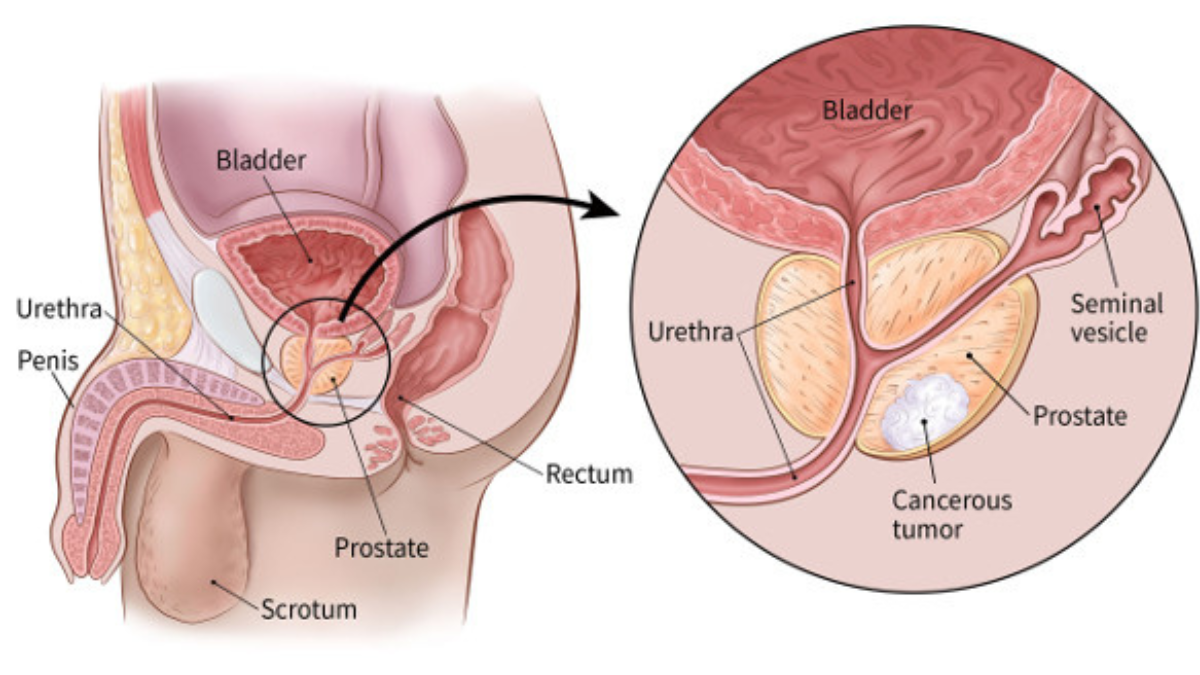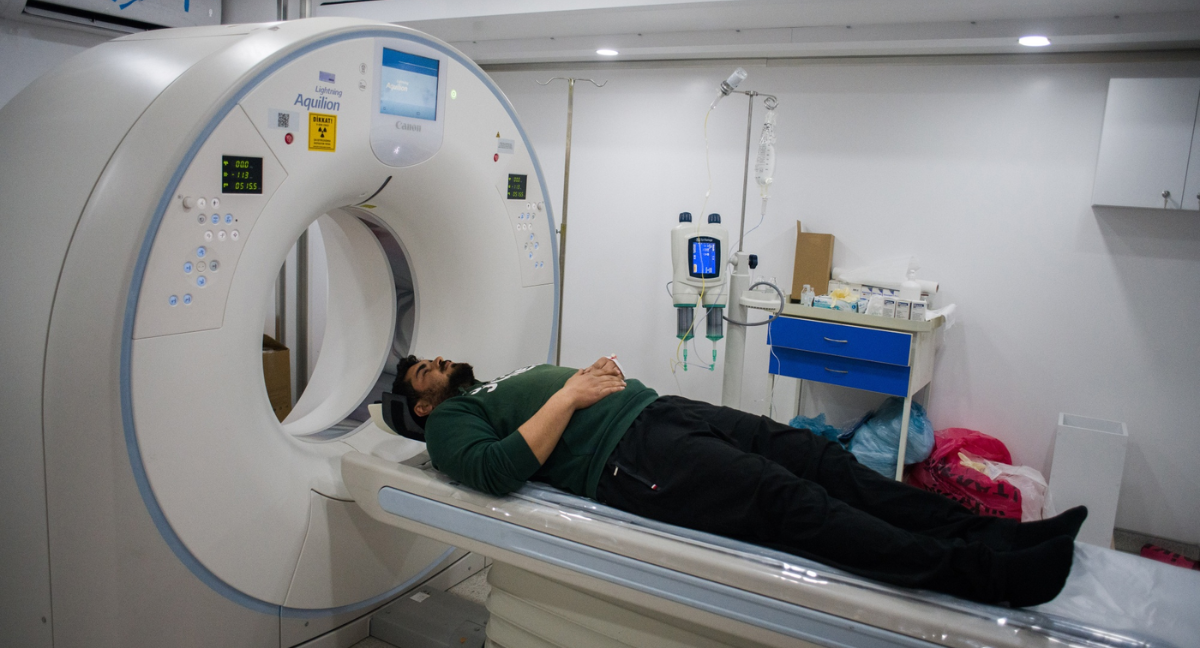Cancer and other similar diseases have long since been present in our society. While modern science and technology have helped in making the detection of these health issues easier, it is still an undergoing study. Interestingly, one of the latest research enquires the otherwise orthodox method of diagnosing these diseases especially prostate cancer and brings to light a different, lesser used procedure for the same. However, before diving in the details of this method and its applications, let us briefly understand Prostate cancer.
Prostate cancer- its definition and prevalence
Found in the male reproductive system, the prostate gland is the size of a walnut surrounding the urethra. If there is an abnormal growth of cells that leads to the decline of the surrounding tissues, it gives birth to the cancerous cells.
While this growth is usually uncontrolled, in prostate cancer, individuals do not feel any symptoms for years. The progress is relatively slow, thus resulting in late diagnosis of the same. But, just like many other things, exceptions might be present, which can make the cancer aggressive and deadly.

The prevalence of the disease is usually 1 man in 8. It differs from one demographic detail to another and usually gets diagnosed with males over the age of 65. In the population less than 40 years, the prevalence is much lower.
What are the signs and symptoms individuals should look out for?
While there are many person specific symptoms, some of the common signs include:
- Blood mixed with urine or semen
- Difficulty in urinating, light flow and prolonged periods of starting the urination
- Frequent need to urinate, especially during night time
- Difficulty fully emptying the bladder
- Having a painful or burning urination
Now that we have an understanding of the disease, let us look at the latest medical revelation concerning the same.
MRI scans can help relatively better detect prostate cancer
According to the BBC, the 10-minute MRI scan can help screen male reproductive organs for prostate cancer. This method has been proved to be more apt than the traditional blood tests. The latter helps trace high levels of protein called PSA.

However, some serious cancers might be missed in the PSA testing, which otherwise can be picked by the MRI scanning. The proof of the same has been found in a number of cases studied by the researchers.
Case evidence to support the new medical study concerning MRI scans
Credits to the recent research published in the BMJ Oncology under Reimagine study, the evidence to back the accuracy of MRI when it comes to prostate cancer was carried out at the University College Hospital.
Per the tests, it was found that out of 303 individuals, 48 were tested positive for the cancer through MRI scan. Further, 25 out of 48 individuals had serious a case of the disease and biopsies were conducted on them.
However, the interesting finding was that more than half of these men had low PSA test scores and the disease could have been if only blood tests would have been conducted. Senior Prof Caroline Moore vouched for the same as she said
“Our results give an early indication that MRI could offer a more reliable method of detecting potentially serious cancers early.”
According to BBC reports













